
Exhibition opening reception: Sunday, September 18, 2:00 - 6:00 p.m.
Featured Guest Speaker: Teresa Wontor-Cichy, Research Center at Auschwitz Birkenau State Museum, will begin at 2:15 p.m.
All guests should proceed to the 2nd floor of the Mardigian Library at 2:00 p.m. to hear the featured guest speaker before viewing the exhibition in the gallery.
| Time | Details |
|---|---|
| 1:30-2:00 | Guests gather on 2nd floor of Mardigian Library. Refreshments available |
| 2:00-2:03 | Dr. Jamie Wraight introduces Chancellor Little |
| 2:03-2:10 | Chancellor Little welcomes guests, gives brief remarks. |
| 2:10 | Chancellor welcomes Dr. Stan Majewski, Chairman of the Board, The Polish Mission |
| 2:10-2:15 | Remarks by Dr. Stan Majewski, Chairman of the Board, The Polish Mission |
| 2:15 | Dr. Stan Majewski, introduces JJ Przewozniak, Curator of Collections, The Polish Mission |
| 2:15-2:20 | Remarks by JJ Przewozniak and introduction of speaker, Teresa Wontor-Cichy |
| 2:20-3:20 | Presentation by Teresa Wontor-Cichy |
| 3:20-3:45 | Q & A with audience |
| 3:45-6:00 | Exhibit viewing in Berkowitz Gallery |
Forbidden Art tells the emotional story of the illegal artwork created by concentration camp prisoners during WWII. The Alfred Berkowitz Gallery is honored to bring this powerful exhibition, organized by the Auschwitz-Birkenau State Museum and The Polish Mission of the Orchard Lake Schools, to the Dearborn community.
Our imagination of life in Nazi concentration camps is dominated by darkness, delineated by concepts difficult to fully comprehend: slave labor, extreme hunger, roundups, selection, and overwhelming, and after a while normalized, death. The Forbidden Art exhibition brings viewers a new perspective on concentration camp violence. It speaks to us, from the most authentic source, about the power of the human spirit and the ability to endure in the face of abominable conditions.
The exhibition, which is divided into two themes, features high quality reproductions of twenty artworks, many created under the threat of death. The first theme gives viewers a glimpse of daily camp life, and the remaining pieces invite reflection on the role of art as a mental escape. In this sense, art became a survival strategy. It could be a mental respite, a tool for imagining a different world, a gift of appreciation for human kindness that one experienced in a camp, or a way to build or change one’s social position. Art was also a way to document the present world as a testimony and a challenge to the world that would come after. Some of the work exhibited was produced by amateurs and some was created by accomplished artists who continued haunting their audiences with powerful images after the war.
Most of the works reflect the desperate conditions under which they were created, the lack of supplies, and the human need for creative expression to sustain one’s spirit. Our understanding of art is challenged while viewing these illegal works; art ceases to be only a reflection of life, but rather becomes life.
Forbidden Art will be on view from September 18 to December 23 (noon). Gallery hours are Monday-Friday, 9:00-5:00. The exhibition opening reception will be held from 2:00-6:00 P.M. on Sunday, September 18th. Featured Guest Speaker: Teresa Wontor-Cichy, Research Expert from the Auschwitz Birkenau State Museum, will begin at 2:15 on the 2nd floor of the library. Reception is free to the public. Complimentary wine and hors d’oeuvres provided.
Additional gallery presentations and installations include:

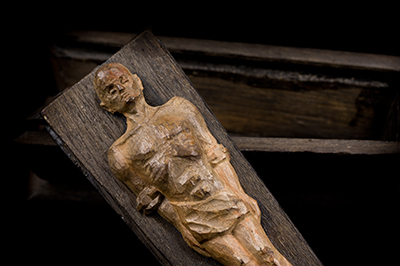
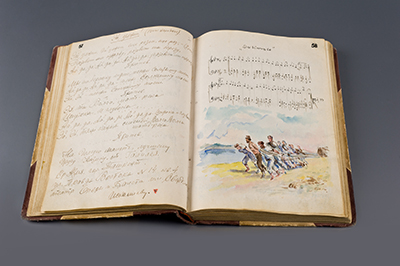
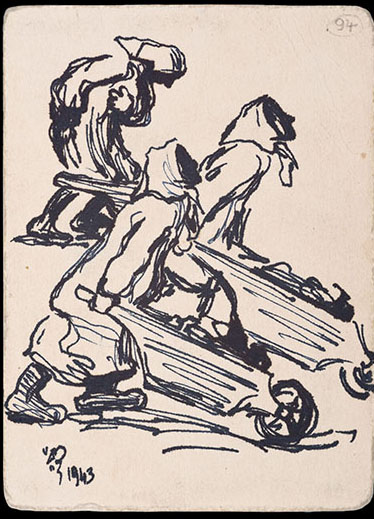
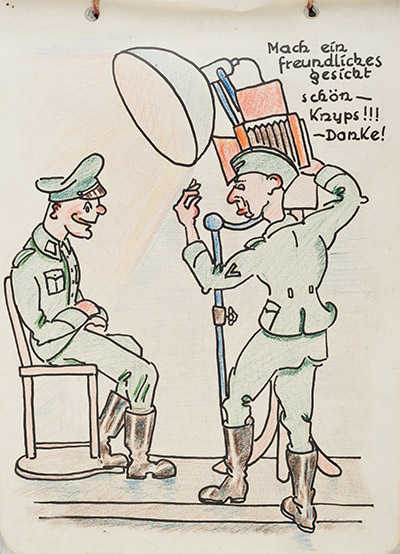
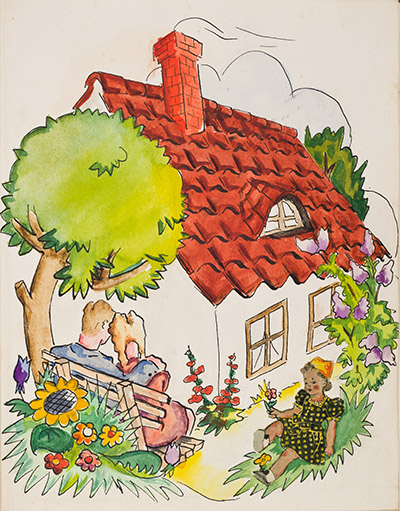

Taketori Tale,
Kyohei Fujita (b. 1921),
n.d.,
Mold blown glass with gold and silver foil inclusions
Gift of Richard and Louise Abrahams,
Collection of UM-Dearborn (Adp39),
Photograph by Kip Kriigel
World renowned artist Kyohei Fujita was born in Japan in 1921. He is known as the father of Japanese studio glass. Many of his works, including this one, were inspired by early Japanese boxes that were richly decorated with lacquerwork and mother-of-pearl inlays, and traditionally used to store Buddhist writings, jewelry, inkstones and brushes. Fujita's celebrated ornamental glass boxes revive conventional Japanese aesthetics in a contemporary form. This breathtaking piece was mold blown with gold and silver foil inclusions. Whenever asked by collectors what to keep in the boxes, the artist usually stated "You should put your dreams in them."
---Laura Cotton, Art Curator and Gallery Manager